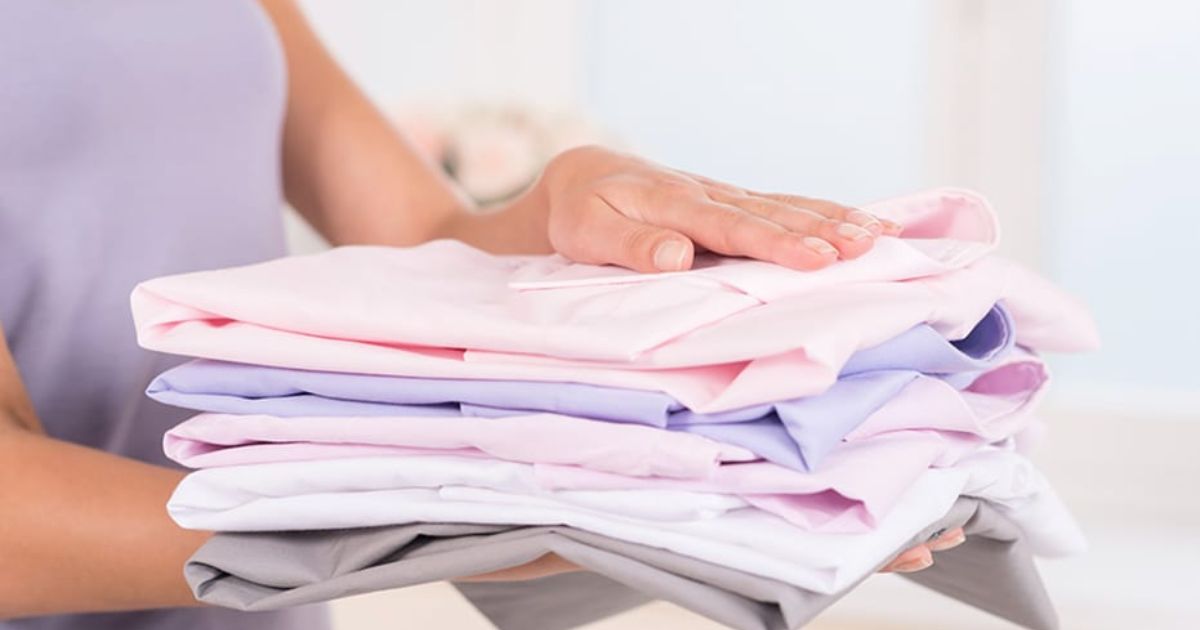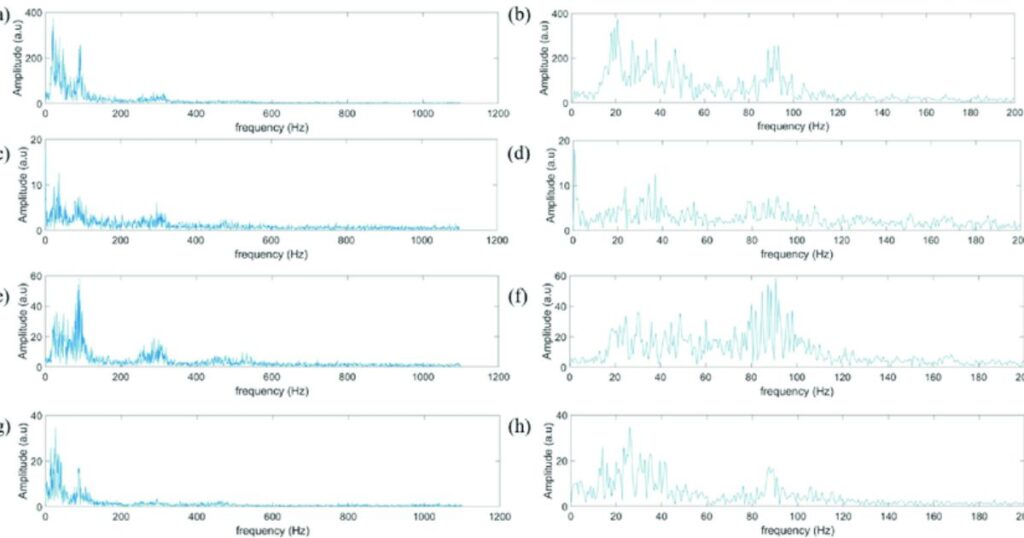Are you curious about the frequency of linen? Do you ever wonder how often you should be washing your linen clothing and bedding? Well, look no further! In this article, we will delve into the world of linen care and explore the optimal washing frequency for this beloved natural fabric.
By understanding the benefits of linen and its unique properties, you will gain valuable insights on how to properly care for your linen items. So, get ready to discover the secrets of linen care and become a part of a community that values the beauty and comfort of this timeless fabric. Let’s dive in and unravel the frequency of linen together!
Key Takeaways
- Prioritize linen care to maintain quality and longevity
- Regularly wash bed sheets and towels every one to two weeks
- Linen in humid environments may require more frequent washing
- Following washing frequency guidelines extends the life of linen
The Importance of Linen Care
You should prioritize the importance of linen care to maintain its quality and longevity. Linen is a delicate fabric that requires special attention to ensure its durability and appearance. Proper care of linen involves regular washing, drying, and storing techniques. When washing linen, it is crucial to use a mild detergent and avoid harsh chemicals that can damage the fabric.
You should wash linen in cold water and avoid using bleach or fabric softener. After washing, it is essential to dry linen properly by air drying or using a low heat setting in the dryer. Lastly, storing linen in a cool, dry place will prevent mildew and maintain its freshness. By following these care guidelines, you can extend the life of your linen without shrinkling and enjoy its beauty for years to come.
Understanding Linen Washing Frequency

To maintain the quality and longevity of your linen, it is important to understand how frequently it should be washed. Here are three key factors to consider when determining the washing frequency:
- Usage: Regularly used linen items such as bed sheets and towels should be washed every one to two weeks. This ensures that any dirt, sweat, or oils accumulated from daily use are removed promptly.
- Stains: Linen with visible stains should be treated and washed immediately to prevent the stains from setting in. Prompt action can increase the chances of successful stain removal.
- Environmental conditions: Linen in humid or damp environments, such as bathrooms, may require more frequent washing to prevent mold or mildew growth. Regular washing in these conditions helps maintain freshness and prevents odors.
Understanding and following these guidelines will help you keep your linen clean, fresh, and in excellent condition for years to come.
Benefits of Natural Fiber Clothing
One important benefit of natural fiber clothing, like linen, is its breathability and ability to regulate body temperature. Linen is made from the fibers of the flax plant and has a natural ability to allow air to circulate, making it an excellent choice for warm weather. The breathable nature of linen helps to keep your body cool and comfortable by allowing sweat to evaporate quickly.
Linen has the unique ability to absorb moisture while still feeling dry to the touch. This makes it an ideal fabric for those who desire a sense of belonging in their clothing, as it helps to maintain a fresh and comfortable feeling throughout the day. So, if you want to stay cool and comfortable while also feeling a sense of belonging, natural fiber clothing like linen is the way to go.
Study on Linen Frequency
Linen is frequently studied to understand its frequency of use and potential benefits. Researchers have delved into the topic to provide valuable insights for individuals seeking to incorporate linen into their daily lives. Here are three key findings from studies on linen frequency:
- Linen is a versatile fabric that can be worn in various climates and seasons. Its breathable nature allows for optimal airflow, keeping you cool in the summer and warm in the winter.
- Studies show that linen has excellent moisture-absorbing properties, making it an ideal choice for individuals with sensitive or easily irritated skin. It can help prevent skin rashes and allergies, promoting overall skin health.
- Linen’s durability has been extensively studied, and it has been found to have exceptional strength and longevity. With proper care, linen garments can last for years, reducing the need for frequent replacements.
Fabrics With High Frequency
If you’re looking for fabrics that are commonly used and highly versatile, consider exploring those with high frequency. Fabrics with high frequency are materials that are in high demand and are frequently used in various applications. They are known for their durability, strength, and flexibility, making them suitable for a wide range of uses. Fabrics like cotton, polyester, and nylon are examples of fabrics with high frequency.
These fabrics are commonly used in the production of clothing, upholstery, and other textile products. They offer a balance of comfort, performance, and affordability, making them popular choices among consumers. So, if you’re looking for fabrics that are widely used and offer a sense of belonging, fabrics with high frequency are a great option to consider.
Comparing Hemp and Linen
When comparing hemp and linen, you’ll find distinct differences in their properties and uses. Here are three key differences that highlight the contrasting nature of these fabrics:
- Durability: Hemp is known for its exceptional strength and durability, making it ideal for applications that require long-lasting and resilient fabrics. Linen, on the other hand, is more delicate and prone to wear and tear over time.
- Texture: Hemp has a coarser texture compared to linen, which is smoother and softer to the touch. This difference in texture affects the comfort and feel of the fabric when worn or used in various applications.
- Absorbency: Hemp has superior moisture-wicking properties, making it highly absorbent and quick-drying. Linen also possesses good absorbency but falls short of hemp’s efficiency in this regard.
Understanding these distinctions in properties and uses sets the stage for a deeper exploration of the pros of hemp versus linen.
Pros of Hemp Vs Linen
To fully understand the benefits of hemp compared to linen, consider its versatility. Hemp offers a wide range of advantages that make it a superior choice in many aspects. Firstly, hemp is incredibly durable, with fibers that are known to be four times stronger than linen. This means that hemp products have a longer lifespan, making them more economical in the long run.
Hemp is highly resistant to mold, mildew, and UV rays, making it an ideal choice for outdoor applications. Hemp is also more environmentally friendly than linen. It requires less water and pesticides to grow, making it a more sustainable option. Lastly, hemp has excellent breathability, making it a comfortable choice for clothing and bedding. Overall, the versatility of hemp makes it a superior choice over linen in various applications.
Tips for Linen Care

For proper maintenance and longevity of your linen items, it’s important to follow these essential tips for caring for your linen:
- Washing: Machine wash your linen items in cold water on a gentle cycle. This helps preserve the fabric’s natural fibers and prevents shrinkage.
- Drying: Air drying is the best method for drying linen. Hang your items on a clothesline or lay them flat on a clean surface. Avoid using the dryer, as it can cause wrinkles and shrinkage.
- Ironing: Linen tends to wrinkle easily, so ironing is necessary to maintain a crisp, polished look. Set your iron to the linen setting and iron your items while they are still slightly damp.
Linen as a Healing Fabric
Linen is known for its healing properties, providing you with a soothing and rejuvenating experience. This natural fabric has been used for centuries to promote healing and improve overall well-being. Linen’s therapeutic benefits are attributed to its unique characteristics, such as breathability, moisture-wicking properties, and hypoallergenic nature.
One of the key reasons linen is considered a healing fabric is its ability to regulate body temperature. The fabric’s breathable fibers allow air to circulate freely, preventing overheating and promoting a comfortable sleep environment. Linen’s moisture-wicking properties help to absorb excess moisture from the body, keeping your skin dry and preventing the growth of bacteria. This is particularly beneficial for individuals with sensitive or irritated skin.
In summary, linen’s healing properties make it a popular choice for bedding and clothing. Its breathability, moisture-wicking properties, and hypoallergenic nature contribute to a soothing and rejuvenating experience, promoting better sleep and overall well-being.
| Healing Properties of Linen | Benefits |
|---|---|
| Breathability | Regulates body temperature, prevents overheating |
| Moisture-wicking | Absorbs excess moisture, keeps skin dry |
| Hypoallergenic | Resistant to allergens, reduces allergic reactions |
Exploring the History of Linen
You may be curious about how frequently linen has been used throughout history. Well, linen has a rich and fascinating history that spans thousands of years. Here are three remarkable facts about the history of linen:
- Linen has been used for thousands of years: Linen fabric dates back to ancient Egypt, where it was highly valued for its exceptional qualities. The Egyptians used linen for clothing, burial shrouds, and even as currency.
- Linen played a significant role in religious ceremonies: Many ancient civilizations, including the Greeks and Romans, used linen in their religious rituals. It was seen as a symbol of purity and was often used to create sacred garments and temple decorations.
- Linen was a status symbol: Throughout history, linen has been associated with wealth and social status. In medieval Europe, only the nobility could afford to wear linen garments, while the lower classes had to settle for more coarse fabrics.
Conclusion
In conclusion, it is essential to understand the frequency of linen care to maintain the quality and longevity of this natural fiber clothing. Through proper washing and care, linen can provide numerous benefits, including breathability and durability. Research has shown that linen has a high frequency of use due to its healing properties and historical significance. By following tips for linen care, such as avoiding harsh chemicals and air drying, you can ensure that your linen garments remain in excellent condition for years to come.







